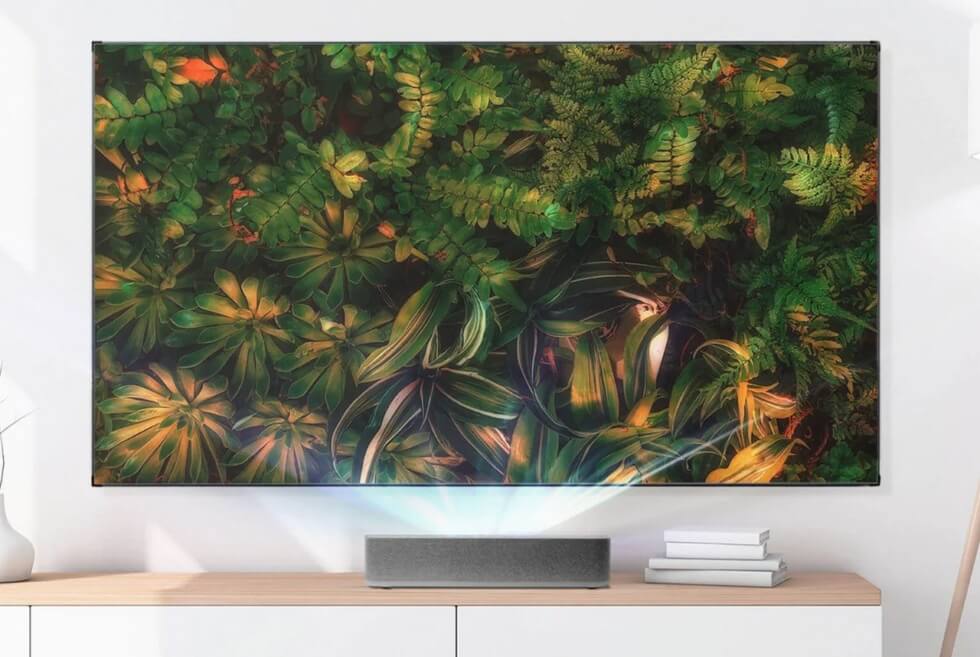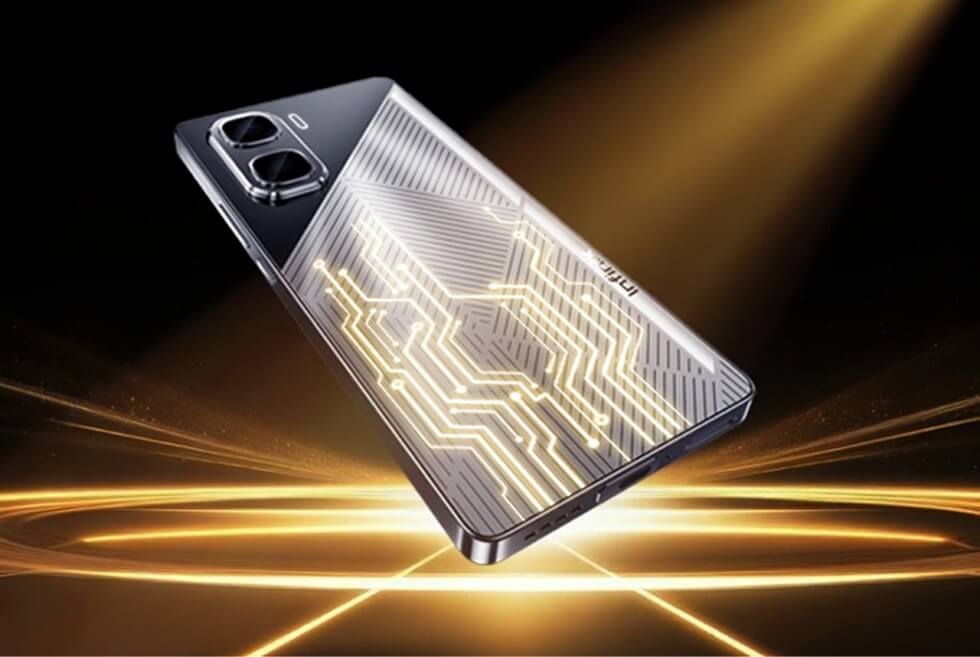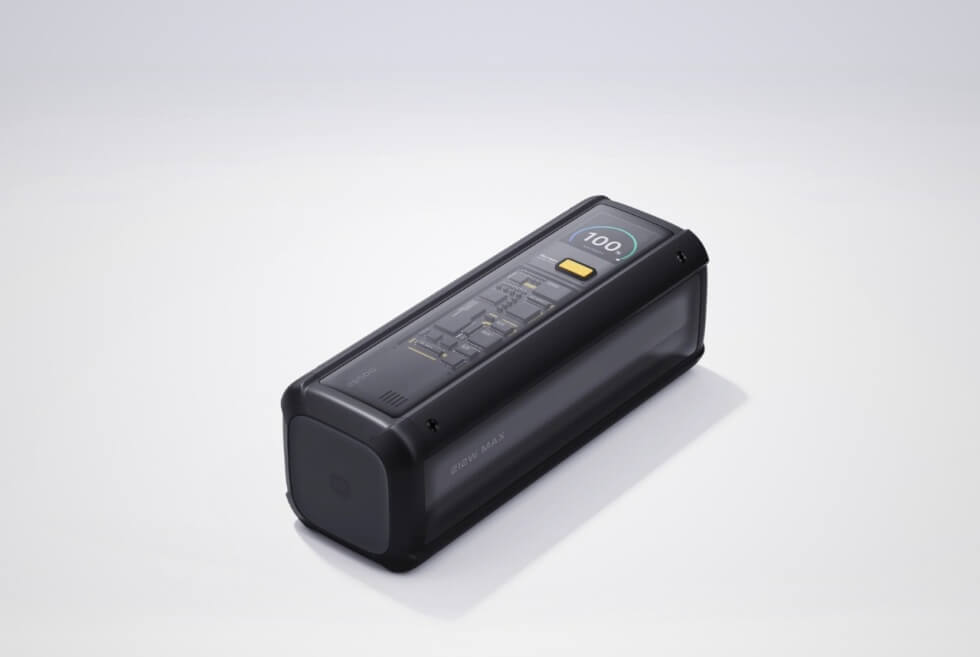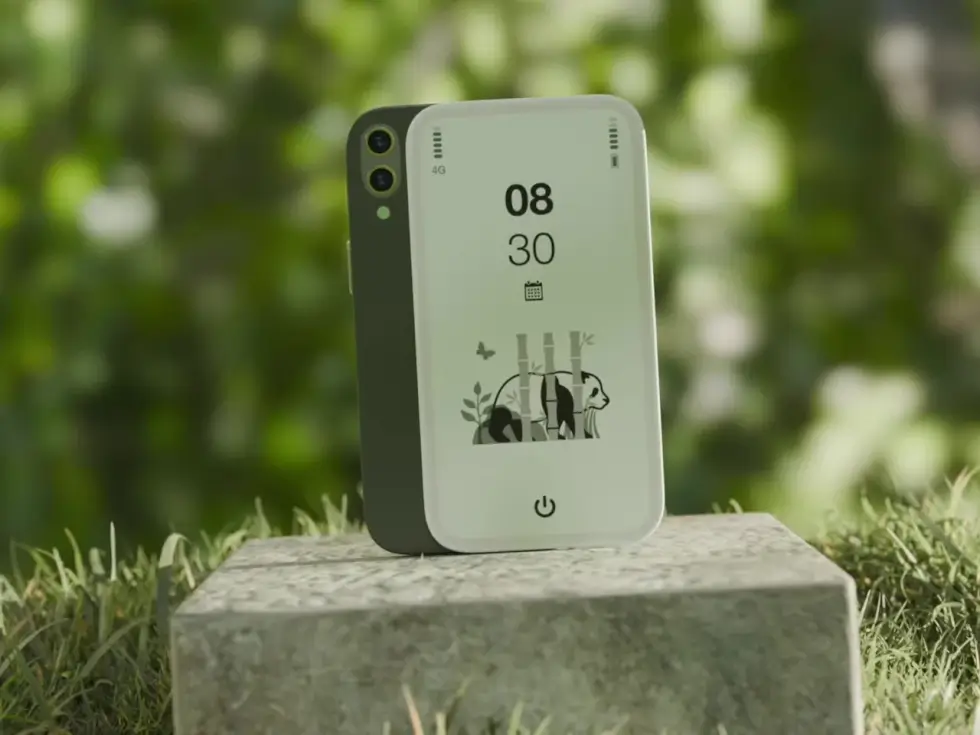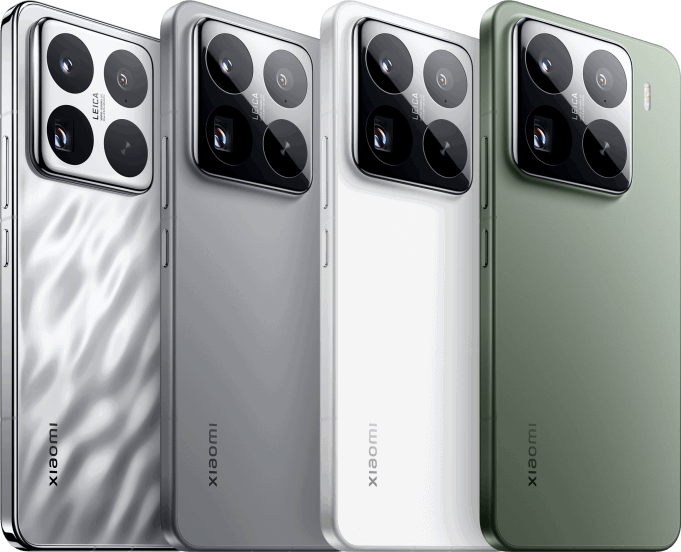This story is part of our end-of-year series This Year in Gear rounding up the most notable releases of 2021. For more stories like this, click here.
This was a banner year for audio products, specifically speakers, soundbars and home theater systems. There are more speakers that support high-resolution audio (and there needs to be, given that lossless audio boomed this year). Dolby Atmos soundbars and surround sound systems got more innovation and more affordable. And just all the biggest audio manufacturers — Sony, Bang & Olufsen, Bowers & Wilkins, Sony, JBL and more —all seemed to announce numerous cool new gadgets.
JBL L52 Classic
The JBL L52 Classic are the company’s newest vintage-inspired bookshelf speakers. They’re effectively a smaller and cheaper version of the company’s $2,500 L82 Classic, which were released last year. They have the same walnut wood veneer enclosure and striking foam grille (available in black, blue or orange), only the L52 Classic will be small enough to actually fit on your bookshelf. They’ll go on sale sometime this fall.
Price: $1,000
SHOP NOW
Q Acoustics Concept Series
The British audio company Q Acoustics is best known for its high performing yet affordable bookshelf speakers, and it has brought that same mantra over to its home theater range. The new set of Concept speakers — Concept 30 (standmount, $1,299/pair), Concept 50 (floorstander, $2,999/pair) and Concept 90 (center channel, $999/ea) — bring over technologies from its high-end Concept 300 and 500 speakers, and put them in a more affordable package.
The new Concept home theater speakers will be available at the end of October.
Price: $999 — $2,999
LEARN MORE
Bowers & Wilkins 800 Series D4
Bowers & Wilkins has updated its flagship 800 Series Diamond range of loudspeakers. The fourth generation series — aka “D4” — have a new cabinet design, a new suspension system, and a redesigned housing for the tweeter, all of which are meant to further eliminate distortions and deliver a lifelike and unrivaled sound. Like with the previous D3 line, the D4 line consists of seven speakers (two standmounted, three floorstanding and two center channels) that range from $5,500 to $35,000. These are serious audiophile speakers.
Price: $5,500 — $35,000
LEARN MORE
Klipsch Forte IV Loudspeakers
The Forte IV are the newest addition to Klipsch’s famed Heritage Series. They’re an improved version of the original Forte loudspeakers, which were first debuted in 1985 and one of the company’s best selling speakers of all time. The Forte IV have a vastly improved sound thanks to a host of acoustic enhancements, but they still have the classic wood exterior that make them look timeless. You can buy them in four finishes: American Walnut, Natural Cherry, Black Ash and Distressed Oak.
Price: $4,500
SHOP NOW
Sonus faber The Lumina II and The Lumina V
The Italian luxury hi-fi company Sonus faber has added two speakers to its affordable line of Lumina speakers. There’s the Lumina II, a new pair of bookshelf speakers that cost $1,200, and the Lumina V (pictured), a new pair of floor-standing speakers that cost $2,800. Both are high-performing and beautifully-designed speakers that can be used as a stereo pair or integrated in a larger multi-channel home theater system with the company’s other Lumina speakers.
Price: $1,200 — $2,800
SHOP NOW
Q Acoustics M20
The M20 is a wireless music system consisting of two bookshelf-sized powered speakers. It isn’t as big or as expensive as the company’s recent Q Active 200 speakers, but it does carry over some similar features, such as Point to Point (P2P) cabinet bracing technology and support for high-resolution audio (up to 24bit/192kHz). Maybe most importantly, it houses both wireless (via Bluetooth 5.0)and analog connections (via optical and minijack) so you can easily stream music or connect it directly to your TV or turntable. There’s no built-in Wi-Fi or HDMI connection.
Price: $599
LEARN MORE
Kanto YU Passive Bookshelf Speakers
Kanto launched two new sets of passive bookshelf speakers, both of which cost less than $200. There’s the YU Passive 5.25″ ($199/pair), which features a 5.25-inch Kevlar woofer and 1-inch silk dome tweeter, and the YU Passive 4″ ($159/pair), a 4-inch woofer and 1-inch silk-dome tweeter. The two sets of speakers look basically identical, other than the YU Passive 5.25″ being slightly larger, and being passive bookshelf speakers, they’re also very flexible. You can use them as desktop speakers if you a DAC/amplifier, or you can use them as TV or stereo speakers with a receiver. Available now.
Price: $159/pair (4″); $199/pair (5.25″)
SHOP NOW
Pioneer DJ VM Series of Active Monitors
Pioneer DJ announced a new line of active near-field speaker monitors that are designed to emulate the sound of a studio or club, but in your own space. There are three different-sized models: VM-50 ($169), VM-70 ($229) and VM-80 ($289). Each speaker will be decked out with a 4 mm-thick aluminum front baffle, Class D amplifier, Aramid fiber cones and Vortex Bass Accelerator, all of which, according to the company, are designed to “accurately reproduces sounds, including deep low-end frequencies while cutting out unwanted vibrations.”
Price: $169+
SHOP NOW
JBL 4309 Bookshelf Speakers
The JBL 4309 studio monitors are essentially smaller and more affordable versions of the company’s high-end 4349 studio monitors, which run for $7,500. Each 4309 loudspeaker is decked out with the company’s 1-inch tweeter, 6.5-inch mid-bass driver and twin-firing reflex ports, so that it sounds as dynamic as its larger sibling. And each speaker looks stunning, with a blue baffle, wooden veneer (either walnut or black walnut) and cloth grille — they’ve already been given a 2021 Red Dot Design Award.
Price: $2,000/pair
SHOP NOW
Polk Audio R200 Bookshelf Speaker
Polk Audio announced the Reserve Series, its new line of high-performing loudspeakers that take many technologies from its flagship Legend Series (such as Pinnacle Ring Radiator tweeters and Turbine Cone Midrange drivers) and put them in a more affordable package. The Reserve Series is comprised of various different-sized floor-standing speakers, centre channel speakers and bookshelf speakers, as well as a height module to complete the Dolby Atmos home theater system. All speakers are available now.
(Pictured: The R200 is the larger of the two new pairs of bookshelf speakers in the Reserve Series. The R100 bookshelf speakers are smaller and $100 cheaper. )
Price: $699
SHOP NOW
Fluance A-Series Bookshelf Speakers
Fluance is a Canadian-based audio company that’s best known for its line of affordable yet high-end turntables. This week, it announced two new pairs of powered bookshelf speakers that can partner those turntables. There’s the Ai41 and Ai61, the latter being the slightly larger, more powerful and better-sounding of the two — but besides that, they’re basically identical. Both speakers can be connected to any turntable with a built-in preamp. They have built-in Bluetooth so you can stream directly from your smartphone or computer. And you can even use them as TV speakers via an optical or RCA connection. The best part? Both pairs cost less than $300.
Price: $249/pair (Ai41); $299/pair (Ai61)
LEARN MORE
Beosound Emerge
Bang & Olufsen’s newest high-end wireless speaker, the Beosound Emerge, is designed to blend in with the other books on your bookshelf (although it kind of looks a little like a shrunk down version of the Flatiron building). It’s a relatively small powered speaker supports a number of wireless connectivities, including AirPlay 2, Spotify Connect, Chromecast and Bluetooth. It can be set up to work as a smart speaker that responds to “Hey Google” voice commands, too. It will be available this fall in either black or gold (the latter will cost an extra $200).
Price: $699+
SHOP NOW
Bang & Olufsen BeoLab 28
Bang & Olufsen’s BeoLab 28 is a pair of luxury floorstanding speakers that promise excellent sound and copious connectivity options. Each speaker has three 3” full range drivers, a 1” tweeter on the front, and a down-firing subwoofer, and they’re packed with technologies that allow you to calibrate the sound to your specific room. The speakers support AirPlay 2, Chromecast, Spotify Connect and Bluetooth, as well as wired connections such as Ethernet and line-in/optical. The other cool thing is that the speakers come with a replaceable connectivity module, which the company claims make them essentially future-proof.
Price: $14,750/pair
SHOP NOW
Symfonisk Picture Frame WiFi Speaker
Sonos and Ikea added a new speaker to their existing Symfonisk line. The all-new Symfonisk Picture Frame WiFi Speaker is designed to hang on your wall and looks like a piece of art. (The speaker also has rubber feet so you lean it up against a wall, in case you don’t want to hang it.) As for sound, speaker will work similarly like a Sonos One SL; there’s no built-in mic or voice assistant. It can be stereo paired with another Symfonisk Picture Frame Speaker, or grouped with any other Sonos or Symfonisk multi-room system.
Price: $199
SHOP NOW
Syng Cell Alpha
The Cell Alpha is a high-end spaceship-looking wireless speaker that’s been designed by an ex-Apple engineer who worked on the HomePod (as well as a vast number of other Apple products). According to the company, it’s the world’s first “Triphonic” speaker, meaning it’s able to play spatial dynamic audio that’s way more immersive than traditional stereo. It supposedly sounds great on its own, but the company actually recommends pairing three together in a room for the best possible sound — which is a very expensive proposition. The speaker supports Spotify Connect and AirPlay 2, and it has dual USB-C ports for analog connections.
Price: $1,799
SHOP NOW
Devialet Phantom I
We’ve been big fans of Devialet’s beautiful-yet-alien-looking wireless speakers for years, and we got a new one: the Phantom I. It still looks and works the same as the company’s previous Phantom speakers — its two opposing woofers pulsate against one another, in perfect symmetry, without ever touching — but the French audio company has made the Phantom I more power efficient, so it supposedly sounds way better. They also gave it support for AirPlay 2 and a fancy new physical remote. As for price, well, it’s still expensive. The Phantom I comes in two versions — 103dB or 108db — and they cost $2,200 and $3,200,
Price: $2,200+
SHOP NOW
Bang & Olufsen Beosound Explore
Bang & Olufsen announced a new ultra-portable Bluetooth speaker called the Beosound Explore. The speaker is designed to be super rugged and drop resistant, and it is thanks to its hard anodised aluminium shell. It also comes with a small carabiner so you can attach to your backpack. Other than its unique design, the Beosound Explore’s standout feature is battery life — it promises 27 hours playtime, which is pretty incredible given its size. The speaker is available in three different beautiful finishes, including black, green and gray. Available now.
Price: $199
SHOP NOW
Bang & Olufsen Beosound Level
The Beosound Level is a unique take of the portable home speaker because, well, Bang & Olufsen expects that it will last you a really long time. Like many many years. It has built-in Bluetooth and Wi-Fi, similar to the Sonos Move, but it also has what B&O is calling a “modular design.” Basically, it’s designed so that it can be taken apart and that its various components can be replaced, like the chipset or the battery, when they become antiquated in the future. It’s also designed to sound and look great for years and years. The Beosound Level will be available in late April.
Price: $1,499
SHOP NOW
Sonos Roam
The Sonos Roam is the company’s smallest and most portable speaker ever. It’s essentially a much smaller version — about 1/6th the size — of the Move, which Sonos released in late 2019. But while the Move costs an intimidating $399, which is more than most people are willing to spend on a portable speaker, the Roam comes in at a surprisingly affordable $179.
Price: $179
SHOP NOW
JBL Flip 6
The JBL Flip 6 is a new and improved version of the fan-favorite Flip 5 portable speaker. It has a more rugged design (IP67 vs the Flip 5’s IPX7), some updated internals and a redesigned JBL logo on its side. It’s available now in a number of different colors.
Price: $130
LEARN MORE
Sony SRS-XB13
The Sony SRS-XB13 is the company’s smallest portable Bluetooth speaker — it’s effectively half the size of a soda can. It’s the next-generation version of the SRS-XB12, which looked identical, but the SRS-XB13 now charges via USB-C and delivers true 360-degree sound. Other than that, the SRS-XB13 is still a good portable speaker for people looking for a small and affordable option. If you’re looking for more room-filling sound, we recommend spending a little more on Sony’s SRS-XB23, which you can pick up for just below $100.
Price: $59
SHOP NOW
Sony SRS-RA3000 and SRS-RA5000
Sony has officially released its first wireless speakers that support the 360 Reality Audio, which is the company’s immersive sound technology (similar to Dolby Atmos); previously, you had to use a different company’s speaker, like a Echo Studio, to take advantage of this audio format. Both of Sony’s speakers, the SRS-RA3000 and the SRS-RA5000 (pictured), the latter being the better sounding and more expensive version, support Wi-Fi and Bluetooth streaming. And they have a built-in microphone that allows them to self-calibrate for the room so they sound best. If you’re looking for a powerful and premium wireless speaker — that’s not portable — that can play true 360-degree sound, consider these one of your best bets.
Price: $298 (SRS-RA3000); $698 (SRS-RA5000)
SHOP NOW
Bowers & Wilkins Zeppelin (2021 Model)
Bowers & Wilkins released a new and improved version of its iconic Zeppelin speaker. The last iteration of the speaker, the Zeppelin Wireless, was released in 2015 and this new version keeps mostly the same look and feel, with the difference being that the new version is completely wireless — there are no analog connections — and it supports AirPlay 2 and comes integrated with Alexa (just like an Echo) for voice controls. It supports both Wi-Fi and Bluetooth (AptX) streaming, and it’s able to be integrated in a multi-room system with other new Zeppelin speakers, B&W’s existing line of Formation speakers, as well as other AirPlay 2 speakers.
The new B&W Zeppelin is available today in either light or dark grey.
Price: $799
LEARN MORE
Bose SoundLink Flex
Bose announced a new affordable, rugged and ultra-portable Bluetooth speaker called the SoundLink Flex. It’s really water-resistant and durable — IP67 rated — and it’ll even float, in the event you drop it in the pool or tub. Bose promises incredible sound compared to other similarly-sized speakers, thanks to a custom transducer and dual-opposing passive radiators, too. It lacks Wi-Fi connectivity, meaning there’s no voice assistant, but you can sync it with other Bose speakers and soundbars that you have in your house (via a companion app) to give you the multi-room effect.
Price: $149
LEARN MORE
LG Xboom 360 RP4
The Xboom 360 RP4 is LG’s newest portable party speaker. It’s not a small speaker, weighing nearly 13, but it’s able true 360-degree audio and output a hefty 120-watts of power. It has an integrated handle and, most conspicuously, a lantern that can be customized (via a companion app) to shine whatever color you want the party vibe to be.
Price: $400
LEARN MORE
Bose Smart Soundbar 900
Bose introduced its latest flagship soundbar, the Smart Soundbar 900, and it’s the company’s first ever soundbar that supports Dolby Atmos (finally!). The new soundbar — which replaces the Bose Smart Soundbar 700 in the company’s lineup — has a HDMI eARC connection, supports multiple streaming methods over Wi-Fi (including AirPlay 2) and Bluetooth, and it can be integrated to support Alexa and Google Assistant so you can summon music with your voice. At $900, this is very much a competitor to the Sonos Arc.
Price: $900
SHOP NOW
Sonos Beam (Gen 2)
Sonos announced the second generation of its Sonos Beam soundbar, notable for being a Dolby Atmos capable soundbar that comes in under the $500 mark. At half the price of the flagship Sonos Arc (which is now $900 after a price hike that affected a number of Sonos speakers), the Beam makes for a relatively affordable entry into Dolby Atmos for the relatively budget conscious, or those with small rooms to fill. Without the upward-firing drivers of the Arc, it won’t have quite the same quality (or quantity) of sound, but it’s definitely a worthwhile addition to many a Sonos system for its size and price.
Price: $449
SHOP NOW
Sony HT-A5000
The Sony HT-A5000 is the company’s newest Dolby Atmos soundbar, and it’s essentially a smaller and $400-cheaper version of the company’s HT-A7000 soundbar, which was recently announced in July. The HT-A5000 is a 5.1.2-channel soundbar (instead of a HT-A7000’s 7.1.2) and supports all the same technologies, including Dolby Atmos, DTS:X and 360 Reality Audio. It has one HDMI 2.1 (eARC) connection (instead of HT-A7000’s two), making it a great option for people with new TVs and next-generation consoles.
Price: $1,000
LEARN MORE
JBL L75ms Music System
The JBL L75ms has similar retro vibes to the company’s L52 Classic, but it’s a much more modern system. It’s actually a five-channel powered speaker system — two tweeters, two woofers and a midrange driver — that’s capable of streaming high-resolution audio (up to 32-bit/192kHz). It’s also extremely versatile. You can connect to your TV (via HDMI ARC) or your turntable (thanks to its built-in phono preamp). It also supports a range of streaming options, including AirPlay 2, Chromecast or Bluetooth.
Price: $1,500
SHOP NOW
Sony HT-A9 Speaker System
The Sony HT-A9 is an innovative home theater system that does away with the soundbar completely. Instead, it’s comprised of a control box, which you plug into your TV, and four wireless speakers that you place around the room. The four speakers — which act dedicated right, left, rear-right and rear-left channels — talk to each other wirelessly and are able to deliver an immersive surround sound experience that supports Dolby Atmos, DTS:X, Sony’s 360 Reality Audio. The system will support Chromecast, AirPlay 2 and Spotify Connect for easy music streaming, as well.
Price: $1,800
LEARN MORE
Sony HT-A7000 Soundbar
The Sony HT-A7000 is the company’s newest high-end Dolby Atmos soundbar. It’s 7-channel soundbar with two HDMI 2.1 with eARC connections, meaning it’ll work with the latest-and-greatest 4K and 8K televisions as well as the latest generation consoles (like the PlayStation 5 and Xbox Series X). It can stream high-resolution audio, including Sony’s immersive audio format, 360 Reality Audio; it also supports Apple AirPlay 2, Chromecast, Spotify Connect. The Sony HT-A7000 soundbar costs $1,300 on its own. You add the company’s newest SA-RS3S satellite speakers for an extra $350, or $400 or $700 on own of its two new subwoofers.
Price: $1,300+
LEARN MORE
TCL Roku TV Wireless Sound Bar
TCL has been in the business of affordable 4k TVs for years and it has made various lines of soundbar-and-subwoofer systems to pair with those TVs, too. The company’s newest soundbar, the Roku TV Wireless Soundbar, is its first “wireless” soundbar, meaning unlike its previous soundbars, the Roku TV Wireless Soundbar doesn’t have any HDMI or other audio ports. You plug it, pair it to your Roku TV over Wi-Fi and it just works. It’s designed as a simple solution for people who want to get better sound out of their Roku TV without having to pay too much.
Price: $180
LEARN MORE
Klipsch Cinema 1200 and 800 Soundbars
Klipsch announced its first two Dolby Atmos soundbars. The Cinema 120o ($1,499) is a 5.1.4 surround sound system (which is able to decode Atmos in full 7.1.4) and the Cinema 800 ($799) is a more traditional soundbar-and-subwoofer combo. Other than the size and power of the soundbar and wireless woofer (and the fact that the Cinema 800 doesn’t with satellite speakers), the two systems are very similar. They both connect to your TV via an eARC-enabled HDMI 2.1 port (which supports the passthrough of up to 8K HDR and Dolby Vision). And they have built-in Bluetooth and support Alexa and Google Assistant.
Price: $799 — $1,499
LEARN MORE
Monoprice SB-600
The SB-600 is a complete 5.1.2 that costs less than $500, making it one of the most affordable surround sound systems you can buy. It has a host of connectivity options, including coaxial, optical, USB and a 3.5mm line-in jack. It also has built-in Bluetooth for streaming music when not watching TV.
Price: $450
SHOP NOW
Bluesound Pulse Soundbar+
The Bluesound Pulse Soundbar+ is a Dolby Atmos soundbar that’s very much a competitor to the Sonos Arc. It costs the same ($899) and has pretty much all the same connections and abilities; Bluesound is known for its ecosystem of wireless multi-room speakers, just like Sonos, so the Pulse Soundbar+ can easily be built out into a true surround sound system. It’s available in either black or white finishes, although the later costs $100 extra.
Price: $899+
SHOP NOW
This content is created and maintained by a third party, and imported onto this page to help users provide their email addresses. You may be able to find more information about this and similar content at piano.io




